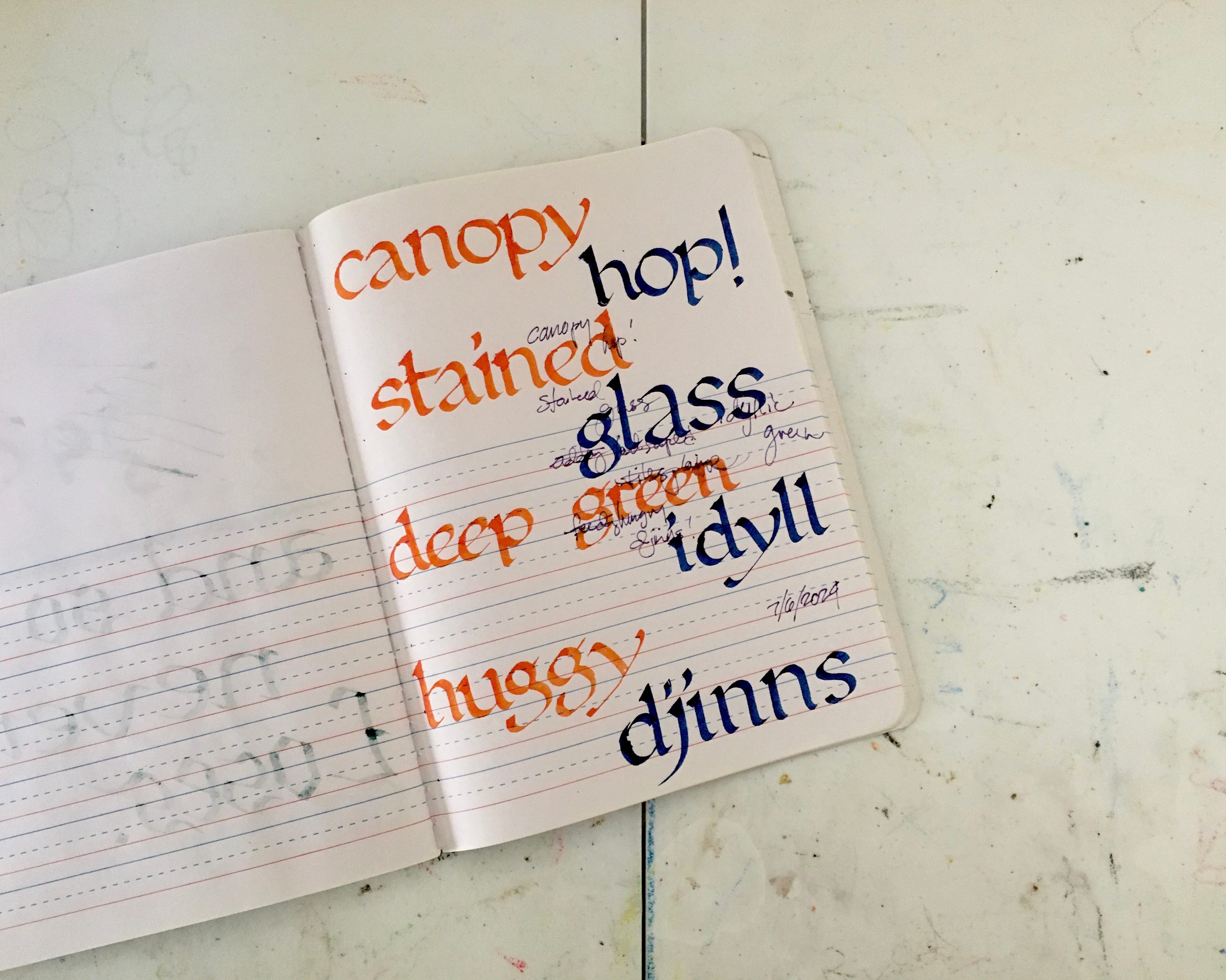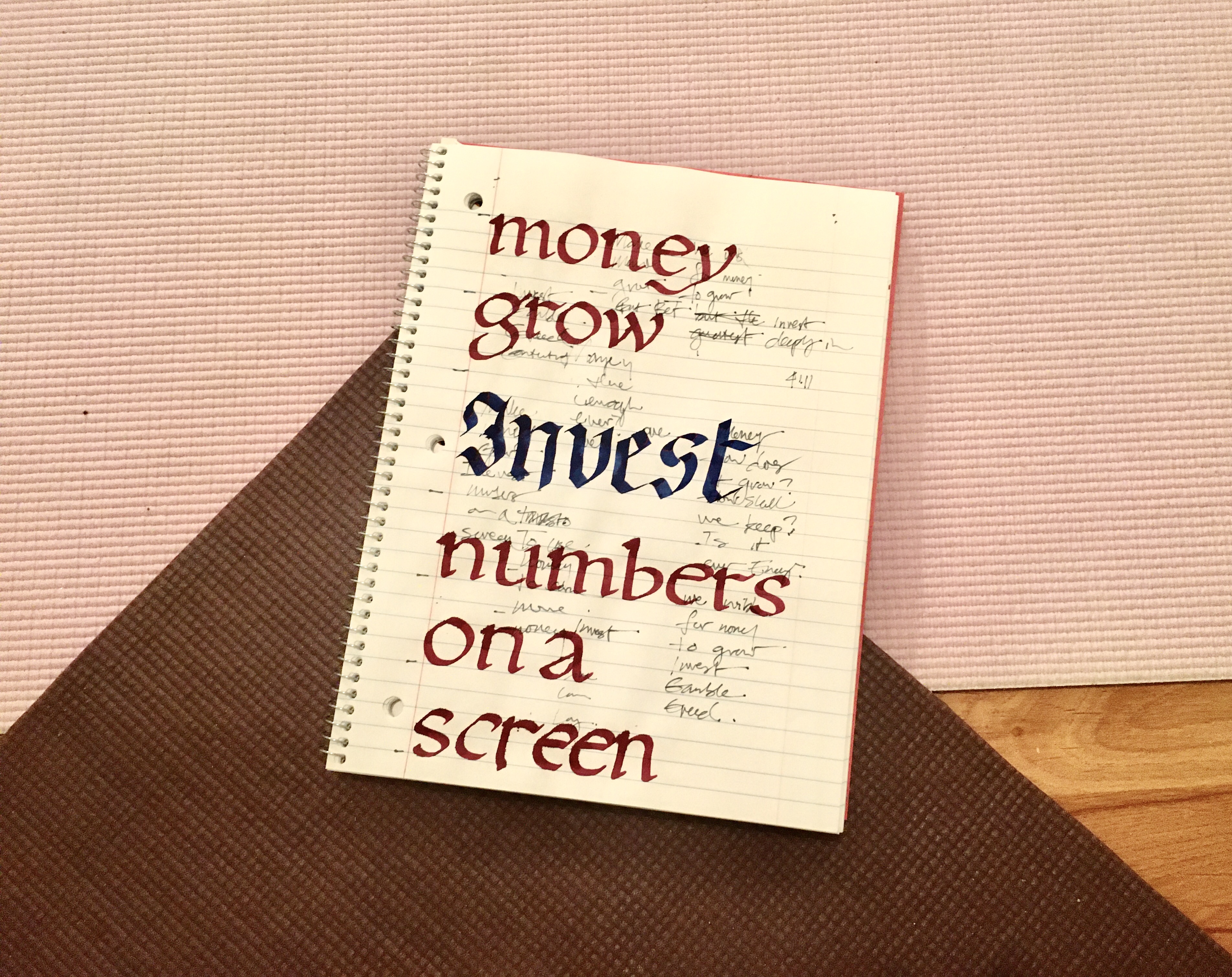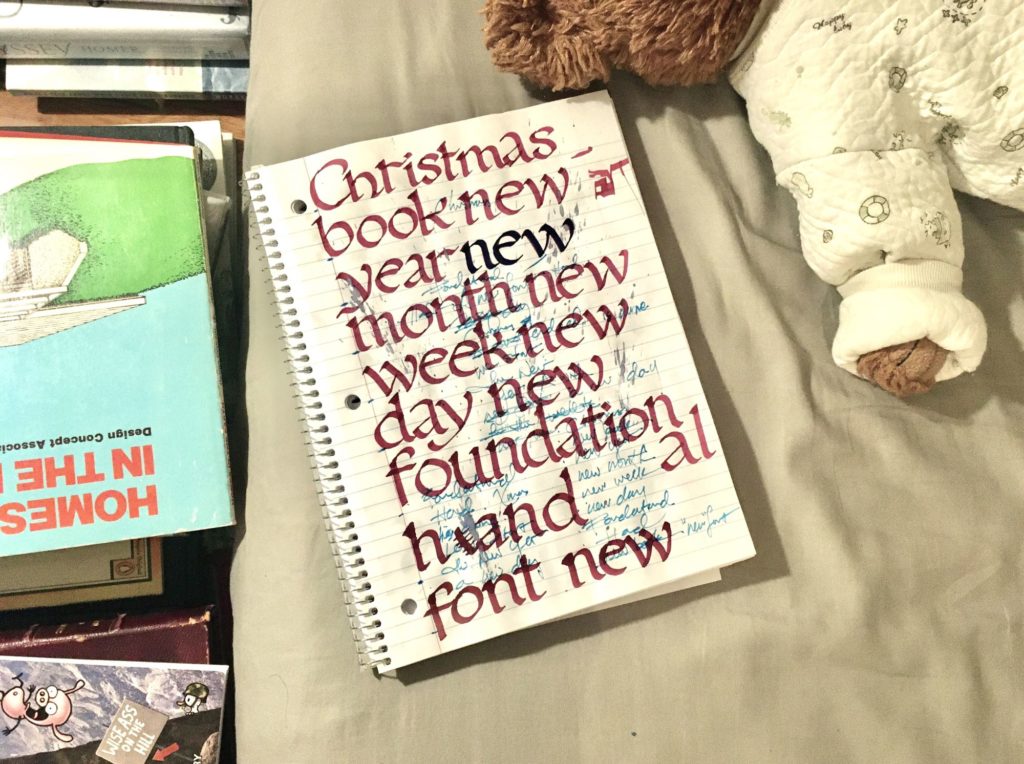Baron in the Trees, only took me forever to read this.
- Like many foreign films, the novel is fun and quirky until but the real world intrudes.
- Indeed, this impending sense of doom is why it took me months to finish.
- But it was edifying. A brilliant display of sparse deep storytelling.
Jerusalem Windows, a killer $2 find at the library.
- As with many mid-century monographs, it comes with a hagiography of the great artist. I kind of enjoy it, in a nostalgic way.
- The colors are stunning, and it’s awesome to watch the process from sketches to finished window and detail.
- But the allegory in the images are hard to grok, even for a kid who grew up as a hardcore Christian. I need to reread this book. Slower.
Genie’s Banquet, a filler with the kids.
- A fine example of a sharp little Japanese card game, common in the 2010’s.
- As a cooperative game, this it’s a perfect fit at this moment.
- There are some translation glitches in the rules, but the joy of boardgaming is that you can make up the rules when you’re unsure. We made it work.
Dorfromantik, for my wife’s fake birthday, but really for the boy.
- Charming and idyllic is exactly correct in describing this game. Normally I want a game to have an edge, but it’s the lack such an edge that makes this game. The SDJ is well earned.
- This board game successfully imports the ubiquitous constant-unlock dynamic of the mobile gaming. However, I appreciate that this is non-destructive process (unlike the Legacy series). Most importantly, thank god, there’s no pay to win model with this thing.
- I wonder if I should toughen the boy up by playing competitive games (winning, losing, manhood, and all that). In the meantime I’ll enjoy these team games with him. Who knows when he will phase out—they change so fast!
,
Having finished my calligraphy notebook last week, I started on our girl’s composition book from first grade. Might as well use up all the paper we got. It’s fun to add my practice with her old studies, and this means I’ll finish another notebook sooner rather than later!

(and yes…that should have been “hungry”, but sometimes you just roll with it.)
.

